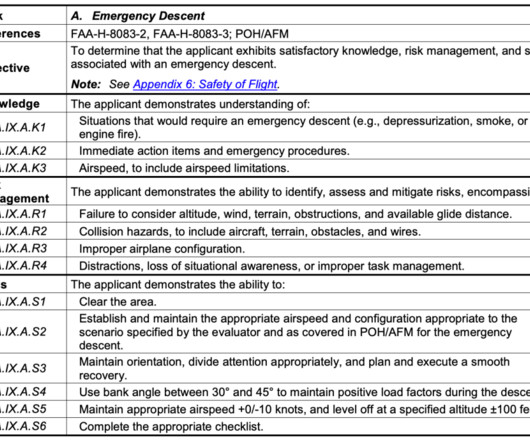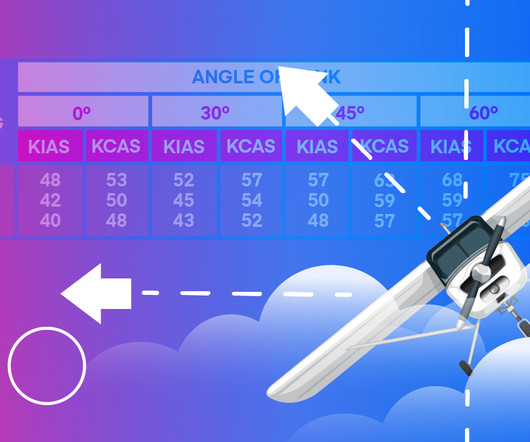A DPE’s Take on Deciphering the ACS: Emergency Descent
Fullthrottle Aviation
FEBRUARY 19, 2022
Maintain appropriate airspeed +0/-10 knots, and level off at a specified altitude ±100 feet. . • PA.IX.A.S3 Maintain orientation, divide attention appropriately, and plan and execute a smooth recovery. PA.IX.A.S4 Use bank angle between 30° and 45° to maintain positive load factors during the descent. Complete the appropriate checklist.











Let's personalize your content